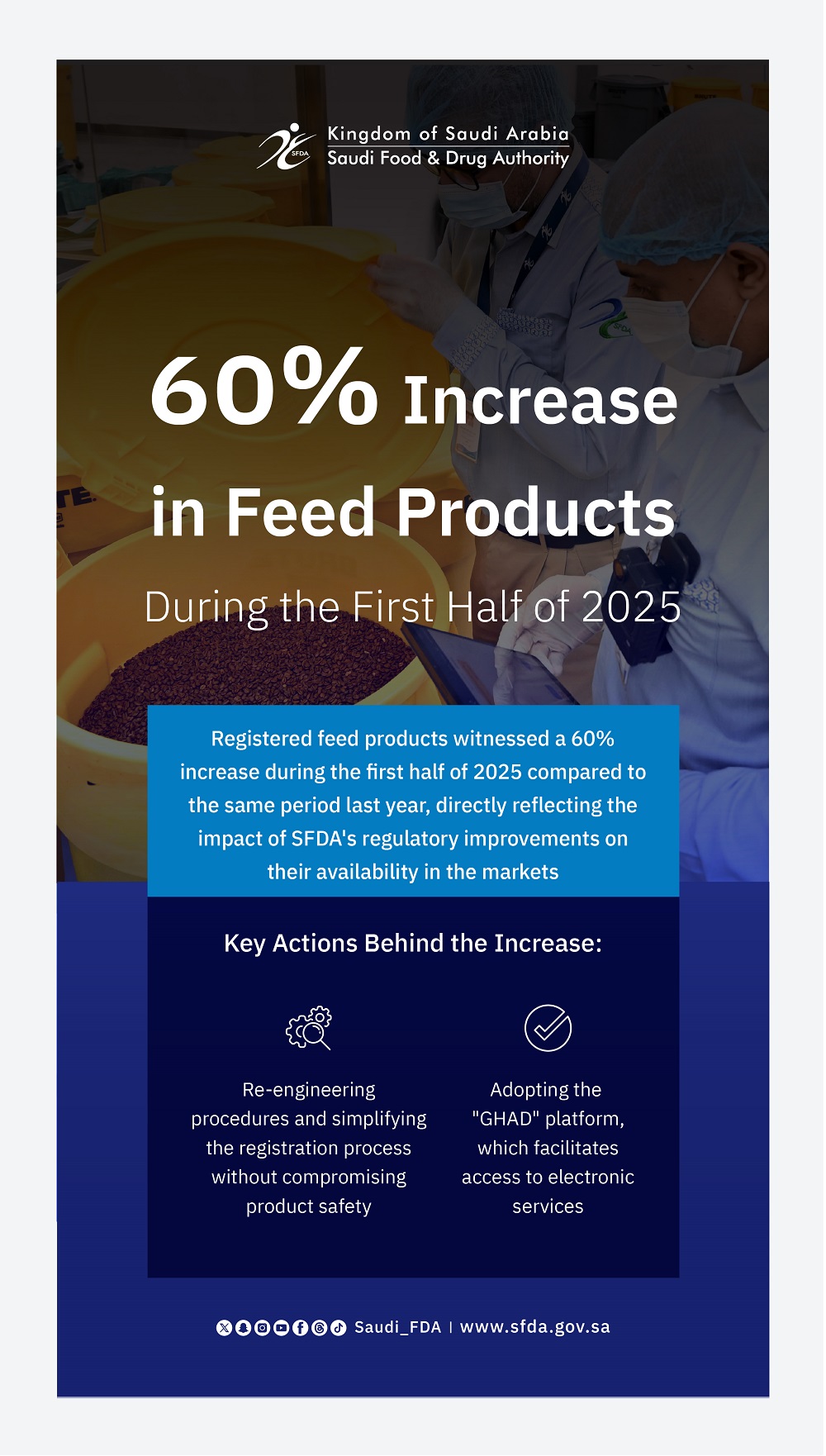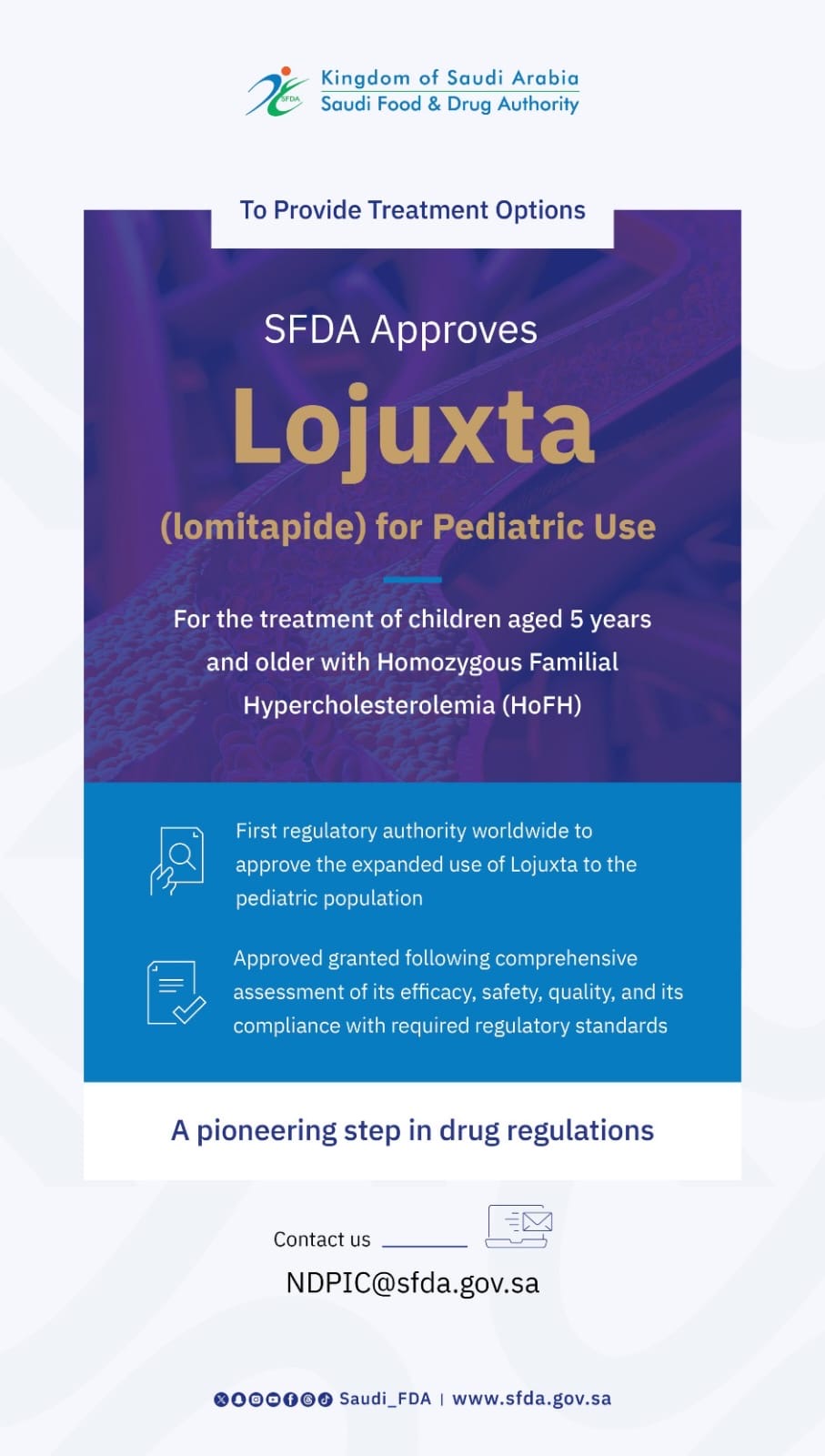SFDA: Using Sunscreens Reduces Tanning Risks
2024-08-07
The Saudi Food and Drug Authority (SFDA) confirmed that exposure to sunlight and tanning can cause several harmful effects, including premature skin aging, skin burns in some individuals, and eye damage if sunglasses are not used.
The SFDA emphasized the importance of using sunscreen with a Sun Protection Factor (SPF) of at least 30 to protect the skin from harmful UV rays and reduce the risks associated with sun tanning and radiation exposure.
As part of its summer and tourism awareness campaign, the SFDA recommended minimizing exposure to sunlight, especially during scorching afternoon, and advised wearing brimmed hats and sunglasses to protect the eyes from ultraviolet (UV) rays.
Sunscreens are a vital tool for protecting the skin from the damage caused by UV rays. There are various types of sunscreens available, most of which contain ingredients that moisturize the skin, prevent dryness, and protect against burns and other sun-related damage.
The SFDA also highlighted the importance of preventing sunscreen from touching the eyes and recommended reapplying sunscreen every two hours or sooner (after swimming or excessive sweating), even when using water-resistant sunscreens.
Sunscreens work by creating a protective barrier on the skin that absorbs, reflects, or disperses harmful rays, thus preventing intense sunlight from penetrating the skin. The SPF indicates the level of protection the sunscreen provides against UV rays. The higher the SPF number, the greater the skin's protection from UV damage. Broad-spectrum sunscreens are typically recommended for full protection.
The SFDA urged consumers to report any side effects of sunscreen or any other cosmetic products via the unified call center (19999) or The Pharmacovigilance Electronic Reporting Service “Saudi Vigilance System”.





